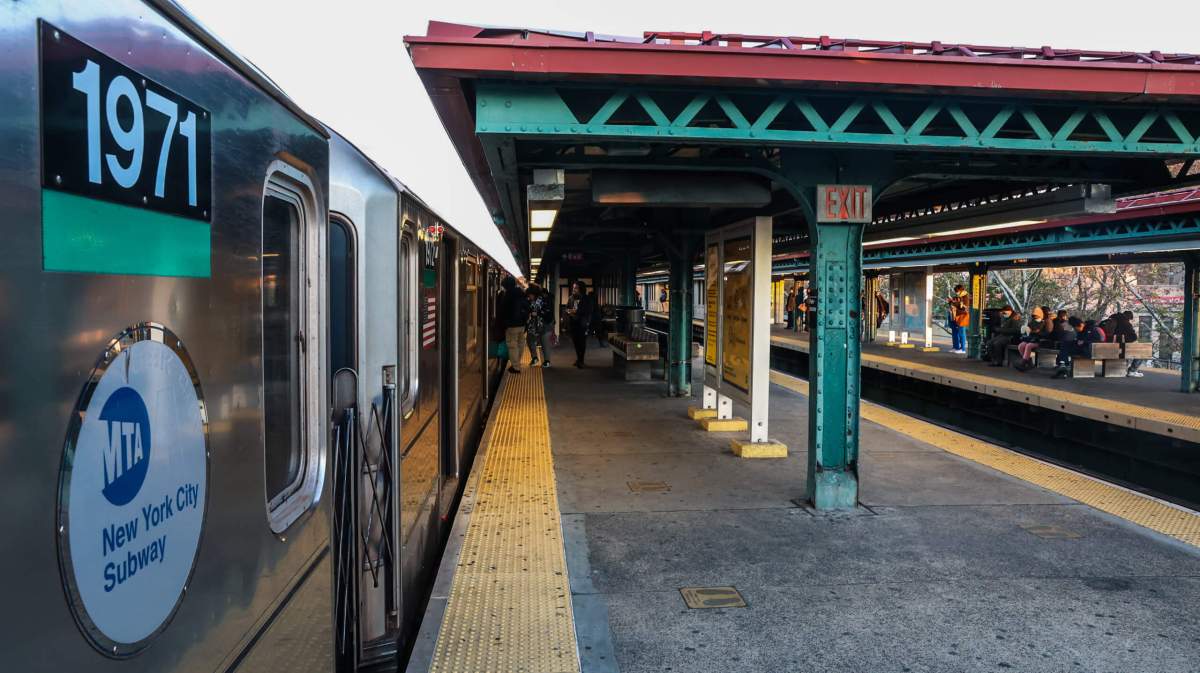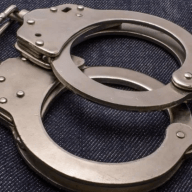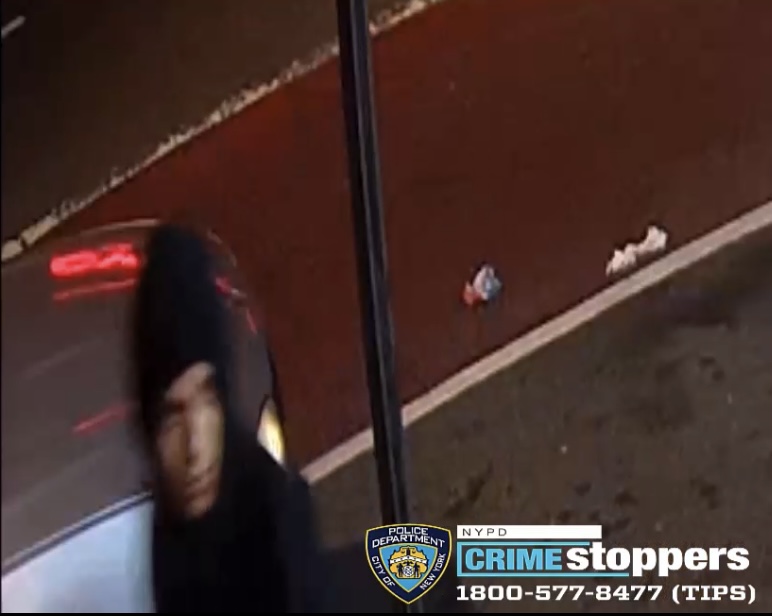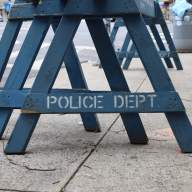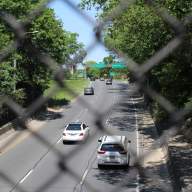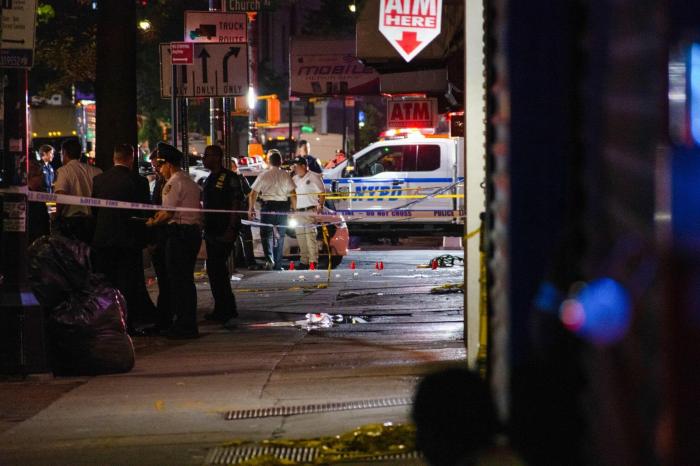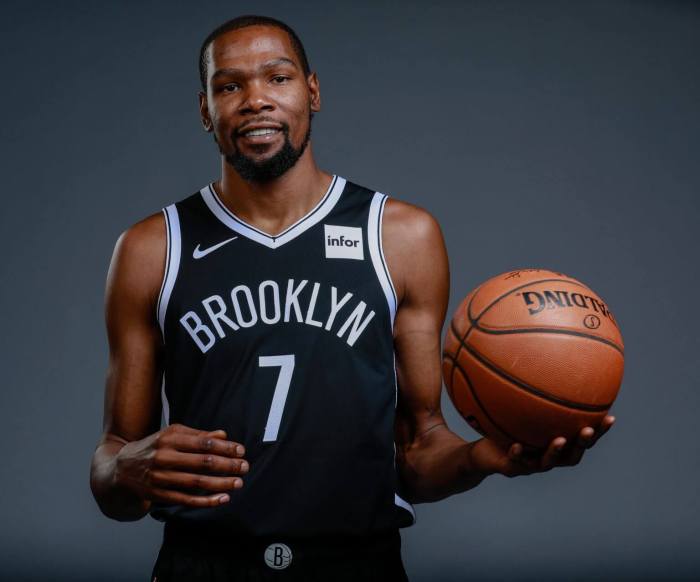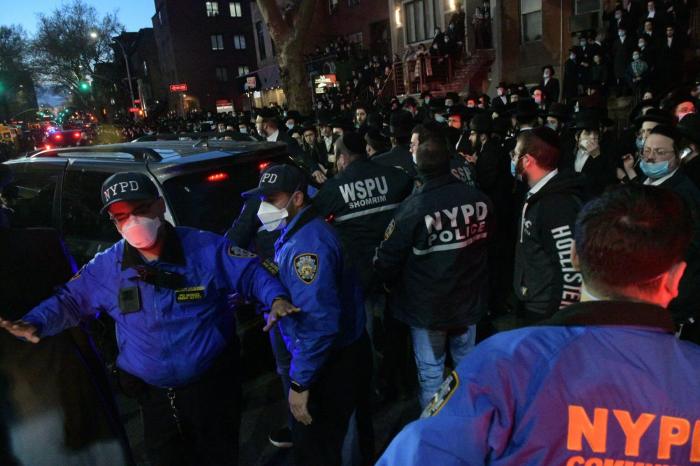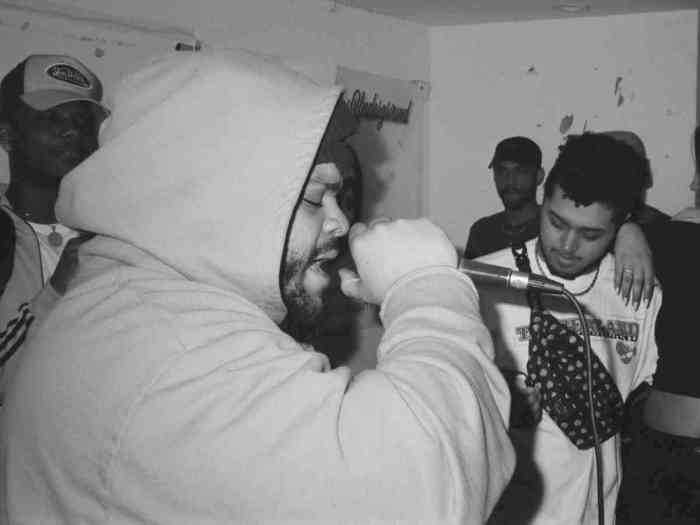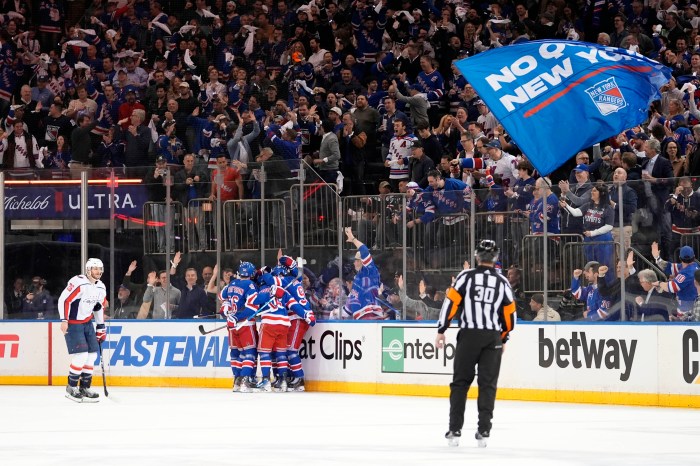While Queens and Brooklyn residents dreamed of easier public transit at the unveiling of the Interborough Express, Bronxites who know the origins of the proposal weren’t so impressed.
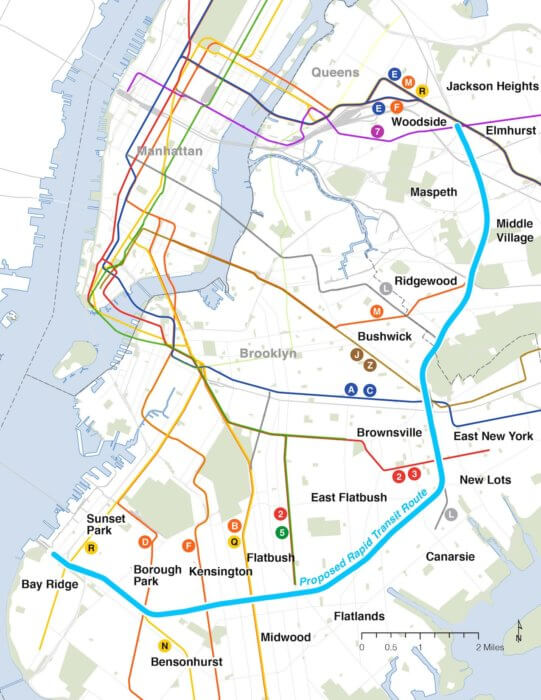
Gov. Kathy Hochul announced the Interborough Express in her State of the State address on Jan. 5 and directed the MTA to begin an environmental review. The project would utilize the existing Bay Ridge Branch freight rail line, to connect Brooklyn and Queens residents to up to 17 subway lines and the Long Island Rail Road.
But what Hochul’s speech and press release didn’t mention is that the proposal had already long existed as the Triboro, which connected the two boroughs to the east Bronx.
The idea to utilize existing freight lines as an outer-borough connecter for passengers began in a 1996 report as the “Triboro Rx,” which was proposed by the non-profit Regional Planning Association (RPA) connecting Bay Ridge in Brooklyn through Queens, across the Hell Gate bridge — which connects Astoria and Randall’s Island — through the Bronx St. Mary’s Park Tunnel, and ending up at Yankee Stadium.
Another iteration was discussed in 2013, which instead ended in Hunts Point, but the most recent proposal was published in a 2015 RPA report, which still begins in Bay Ridge but ends up in Co-0p City. The project would modify above-ground rails used by freight trains in Brooklyn and Queens, and Amtrak in the Bronx, spanning 22 stations across 24 miles.
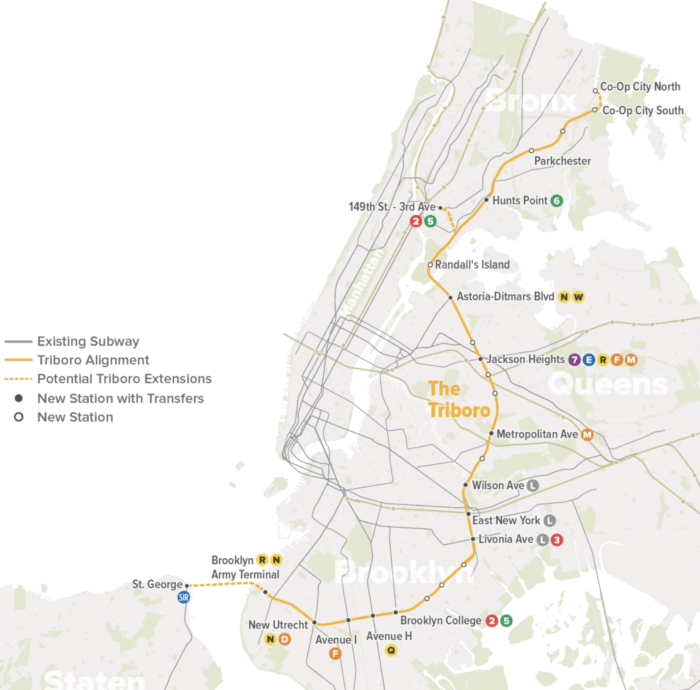
The RPA estimated in 2016 that the project would initially serve 100,000 daily riders and cost between $1 and $2 billion.
The idea has also been called the “Triboro X” or the “X line.”
So why did the Triboro become the Interborough?
Ultimately, the Penn Access project gets in the way, which is supposed to bring three Metro-North stations to the east and south areas of the Bronx in 2027, connecting those neighborhoods to Penn Station, Westchester and Connecticut.
The Bronx segment of the latest Triboro proposal utilizes the same Bronx route planned for Penn Access, which is a top-priority project for Hochul and the MTA, MTA spokesman Aaron Donovan told the Bronx Times. He said the Interborough route planning will focus initial attention on upgrading the Queens-Brooklyn infrastructure — which the MTA owns the majority of — without interfering with the Bronx Metro-North expansion.
Amtrak, which owns the Hell Gate line being used for the Metro-North expansion, declined to comment, deferring to the MTA.
The MTA controls 11 out of 14 miles of right-of-way currently proposed for the Interborough Express, according to Maulin Mehta, RPA’s New York director.
“We believe the reduced constraints in moving on the Brooklyn/Queens portion of the project make it sensible to begin with this portion first,” Mehta told the Bronx Times.
But could the Interborough connect to the Bronx once Penn Access is built?
Not easily.
On Jan. 22, 2020, the MTA awarded Aecom $1.3 million to conduct a feasibility study for the Triboro after being pressed by the RPA and more than 20 elected officials in a Sept. 25, 2019 letter to study the idea. On June 11, 2019, Brooklyn Assemblywoman Latrice Walker proposed a bill that was co-sponsored by Bronx Assemblyman Michael Benedetto also calling on the MTA to study the Triboro.
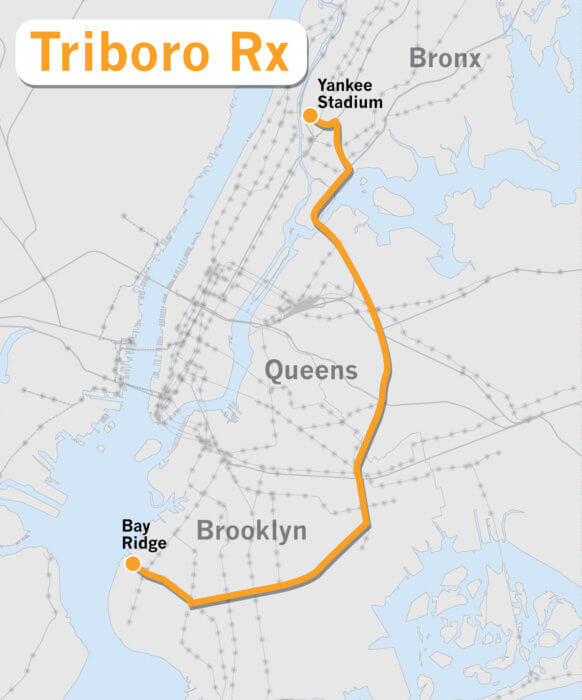
But the MTA found there to be engineering and operating challenges on the Triboro plan north of Jackson Heights because of track capacity, right-of-way availability and a lack of land for tracks to be built on, Donovan told the Bronx Times. There is not enough space on the Hell Gate Bridge — utilized in all of RPA’s iterations of the Triboro — or Hell Gate Line to accommodate trains operating every 5-15 minutes as envisioned by the Interborough Express concept, with existing Amtrak, freight and the future Penn Access Metro-North services.
For the Interborough Express to connect with the Bronx, there would likely need to be a new bridge constructed across the East River parallel to the existing Hell Gate Bridge, and a widening of the existing Hell Gate line through east Bronx property acquisitions, Donovan explained.
Is there hope for the Bronx?
The Triboro proposal has been discussed for more than two decades.
Former MTA Director and CEO Elliot Sander brought up the 1996 idea in a 40-year plan he presented at the Cooper Union in 2008 before the recession. And in 2012, then-Manhattan Borough President Scott Stringer, the former NYC comptroller, advocated for the idea.
Now that at least part of the idea is being seriously considered, Bronx politicians are hoping to get a seat at the table.
Benedetto, the Bronx assemblyman, told the Bronx Times he was “happily surprised” by Hochul’s Interborough announcement, seeing it as an opportunity to connect the Bronx.
“When I heard it, the only thing I could think of is that there is hope here that the Triboro will come to reality,” he added.
State Sen. Jamaal Bailey also expressed optimism for the route including the Bronx in the future.
“Expanding the Interborough Express route into the Bronx will be transformative for our residents, many of whom live in some of the most transit-starved neighborhoods in the city,” Bailey told the Bronx Times.
Larry Penner, a transportation historian who worked for the U.S. Department of Transportation Federal Transit Administration Region 2 New York Office for more than 30 years, questioned whether the Triboro idea would ever come to fruition in 2017, and he holds the same view about Hochul’s Interborough, saying there is too much competition for Federal Transit Administration funds.
Penner told the Bronx Times he estimates the Interborough would cost $2-4 billion, which would rise to $3-5 billion as the Triboro. He said Brooklyn and Queens would be lucky to see a shovel in the ground in 2030 for just a two-borough plan.
Still, he felt Hochul’s announcement was an inexcusable diss to the borough.
A spokesperson for Hochul’s office declined to comment, deferring to the MTA.
Reach Aliya Schneider at aschneider@schnepsmedia.com or (718) 260-4597. For more coverage, follow us on Twitter, Facebook and Instagram @bronxtimes.

